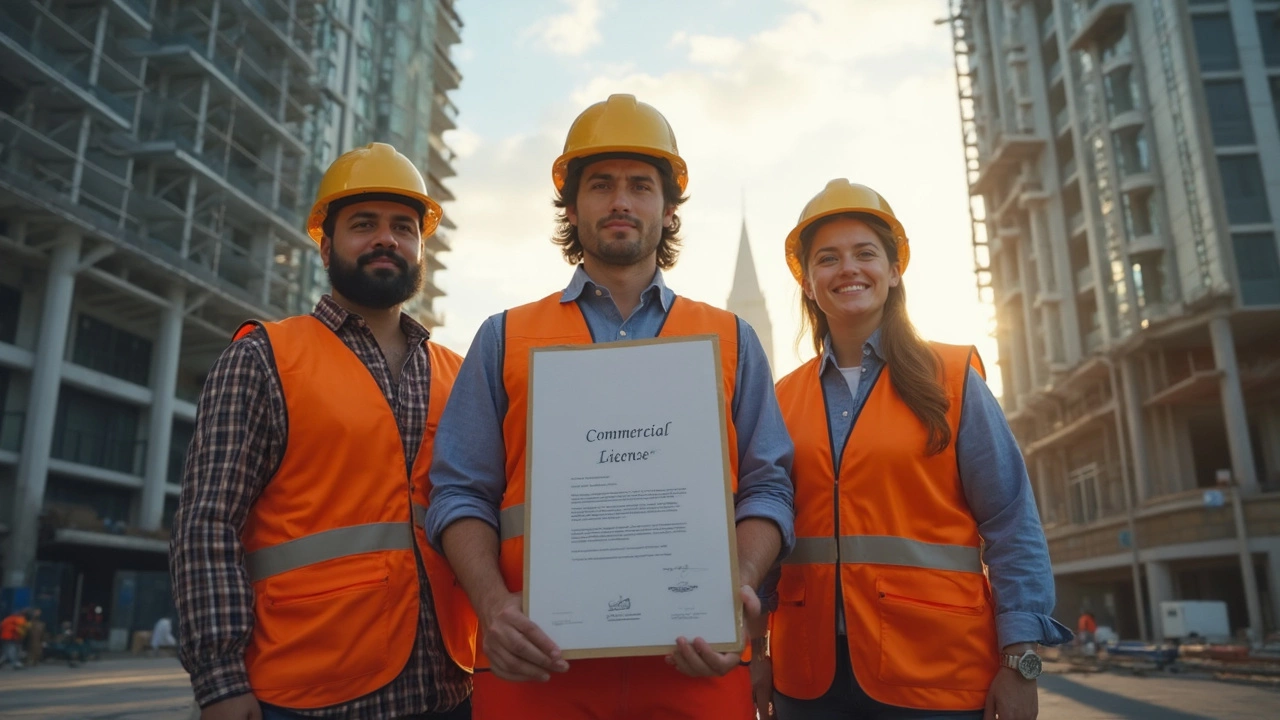Building Permit Basics: What You Need to Know Before Starting Your Project
Thinking about a new build, extension, or major renovation? The first thing you’ll hit is the building permit. It’s the legal green light that tells you can dig, pour concrete, or raise walls without breaking the law.
A building permit isn’t just a rubber stamp. It confirms your plans meet UK building regulations, fire safety rules, and local zoning requirements. Skipping it can mean fines, forced demolition, or a costly delay.
Step‑by‑Step: How to Apply for a Building Permit
1. Check if you need a permit. Small jobs like painting or replacing a door often don’t require one. Anything that changes the structure, height, or use of a building usually does.
2. Gather required documents. You’ll need detailed drawings, structural calculations, and proof of ownership. If you’re using limestone or other quarry materials, include supplier specs so inspectors know the material meets standards.
3. Submit the application. Most councils now have an online portal. Fill in the form, attach your files, and pay the fee – usually a percentage of the project’s estimated cost.
4. Wait for the review. The planning department checks design, safety, and impact on neighbours. They may ask for clarifications. Respond quickly to keep the timeline moving.
5. Receive the permit. Once approved, you’ll get a document with conditions you must follow. Keep it on site; inspectors will ask to see it.
Common Pitfalls and How to Avoid Them
Missing paperwork is the biggest roadblock. Double‑check that every drawing is signed, every material sheet is up to date, and your site plan shows exact boundaries.
Underestimating the timeline can stall your project. Permit reviews can take 2‑6 weeks, sometimes longer if the council has a backlog. Plan your start date around the expected approval date.
Ignoring local design guidelines – like windows that match the street character – can cause a rejection. Talk to the planning officer early; a quick phone call can save weeks of re‑work.
Using unapproved materials is another trap. If you source limestone from Lime Hillock Quarries, ask for a certification of compliance. That paperwork can be attached to your application and speeds up approval.
Finally, don’t start work before the permit is in hand. Even a small excavation before approval can be seen as a breach, leading to fines and a possible stop‑work order.
By following these steps and staying organized, you’ll get your building permit without drama and keep your project on track.
Need help with material specs or structural calculations? Lime Hillock Construction Material Resources can supply the right limestone and advice to keep your application compliant.
Remember, a building permit is your safety net. It protects you, your neighbours, and your investment. Get it right the first time and focus on building, not fighting the council.
Commercial License Meaning in Commercial Construction: What You Need to Know

A commercial license in construction isn’t just a piece of paper—it’s your ticket to legally work on commercial projects like office buildings, warehouses, and shopping centers. This article explains what a commercial license means, who needs it, and the real risks of building without one. You’ll also get tips on how to navigate the licensing process and avoid common headaches in commercial construction. If you want to win projects or avoid fines and delays, you’ll want to understand what’s required and what’s at stake. Get real examples, practical insights, and straight talk on commercial licenses.
read more



